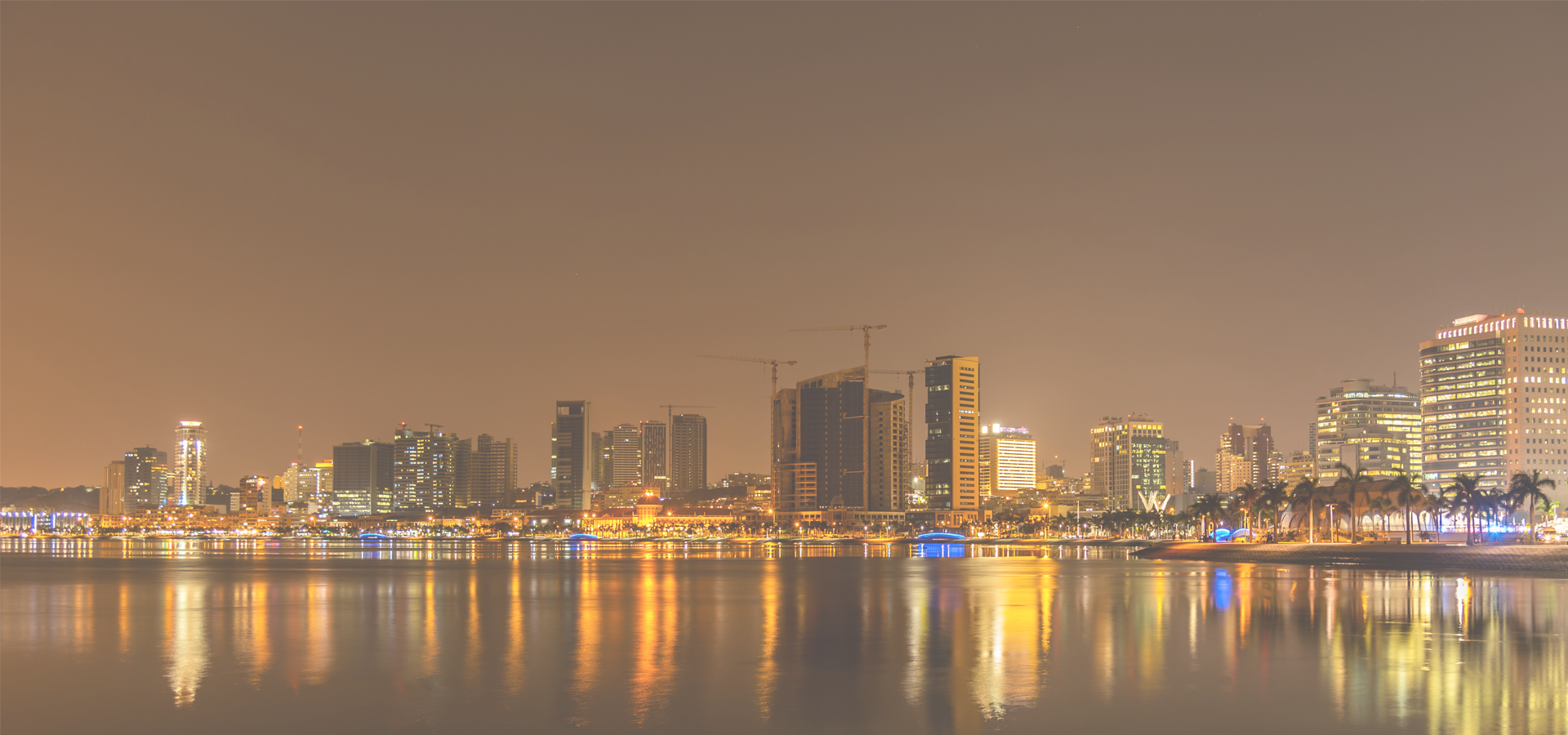Cabinda, Angola
🇦🇴 Cabinda, also known as Chioua, is a city and a municipality located in the Cabinda Province, an exclave of Angola. Angolan sovereignty over Cabinda is disputed by the secessionist Republic of Cabinda. The residents of the city are known as Cabindas or Fiotes. Cabinda, due to its proximity to rich oil reserves, serves as one of Angola's main oil ports.
1History The city was founded by the Portuguese in 1883 after the signing of the Treaty of Simulambuco, in the same period as the Berlin Conference. Cabinda was an embarkation point for slaves to Brazil.
There are considerable offshore oil reserves nearby.
1Geography Cabinda is located on the Atlantic Ocean coast in the south of Cabinda Province, and sits on the right bank of the Bele River.
According to the Köppen climate classification, Cabinda is a tropical savanna climate.
It is 56 km (35 mi) north of Moanda (Congo-Kinshasa), 70 km (43 mi) north of Congo River estuary and 137 km (85 mi) south of Pointe-Noire (Congo-Brazzaville).
1Districts The city of Cabinda is divided into three districts, or comuna: • Cabinda, the city seat, with 88.6% of the population the city • Malembo, with 3.1% • Tando-Zinze, with 8.3%
1Education and science Cabinda is home to two public higher education institutions, namely the 11 de Novembro University and the Higher Institute of Education Sciences of Cabinda. In addition, it has campuses of the Lusíada University and the Private University of Angola.
1Culture The city's population has a distinctive culture from its way of dressing and eating to traditional rituals, especially Chicumbe and celebrated ceremonies of Bakamas do Tchizo, a traditional ritual that enables the interaction between the living and the occult spirits of the gods and the ancestors, thus ensuring the reconciliation between the dead and the living.
1Language Since Portugal colonized Cabinda later than the rest of Angola, Portuguese, the official language of Angola, is not yet widely spoken, although Portuguese speakers are rapidly growing in number. Portuguese is used mostly in official or administrative settings. It is Ibinda, a Bantu language, that is the primary language of both the city and province of Cabinda.
1Transport In 2012, a proposed railway connection to the main Angolan system has to cross territory of the Democratic Republic of the Congo.
1Luanda Time

Cabinda has a population of over 739,182 people. Cabinda also forms the centre of the wider Cabinda Province which has a population of over 824,143 people.
To set up a UBI Lab for Cabinda see: https://www.ubilabnetwork.org Twitter: https://twitter.com/UBILabNetwork
Twin Towns, Sister Cities Cabinda has links with:
🇧🇷 Campinas, Brazil🇧🇷 Imperatriz -5.526
🇮🇩 Bandar Lampung -5.45
🇨🇩 Mbanza-Ngungu -5.25
🇧🇷 Quixeramobim -5.2
🇧🇷 Ceará-Mirim -5.633
🇧🇷 Bico do Papagaio -5.65
🇧🇷 São Gonçalo do Amarante -5.793
🇵🇬 Mount Hagen -5.865
🇩🇪 Dessau-Roßlau 12.245
Locations Near: Cabinda 12.1833,-5.55
🇨🇬 Pointe-Noire 11.846,-4.795 d: 91.9
🇨🇩 Matadi 13.467,-5.817 d: 145.1
🇨🇩 Mbanza-Ngungu 14.867,-5.25 d: 298.9
🇨🇩 Selembao 15.283,-4.367 d: 367.8
🇨🇬 Brazzaville 15.285,-4.259 d: 372.4
🇨🇩 Kalamu 15.317,-4.333 d: 372.5
🇨🇩 Kinshasa 15.317,-4.317 d: 373.2
🇦🇴 Cacuaco 13.483,-8.667 d: 375.1
Antipodal to: Cabinda -167.817,5.55
🇺🇸 Līhuʻe -159.35,21.967 d: 17975.1
🇺🇸 Lihue -159.35,21.967 d: 17975.1
🇺🇸 Kapa'a -159.333,22.083 d: 17962.8
🇺🇸 Honolulu -157.85,21.3 d: 17960.7
🇺🇸 Pearl City -157.969,21.394 d: 17958.6
🇺🇸 Maui -156.446,20.72 d: 17929.2
🇺🇸 Maui County -156.617,20.868 d: 17926.9
🇺🇸 Hilo -155.089,19.725 d: 17922.3